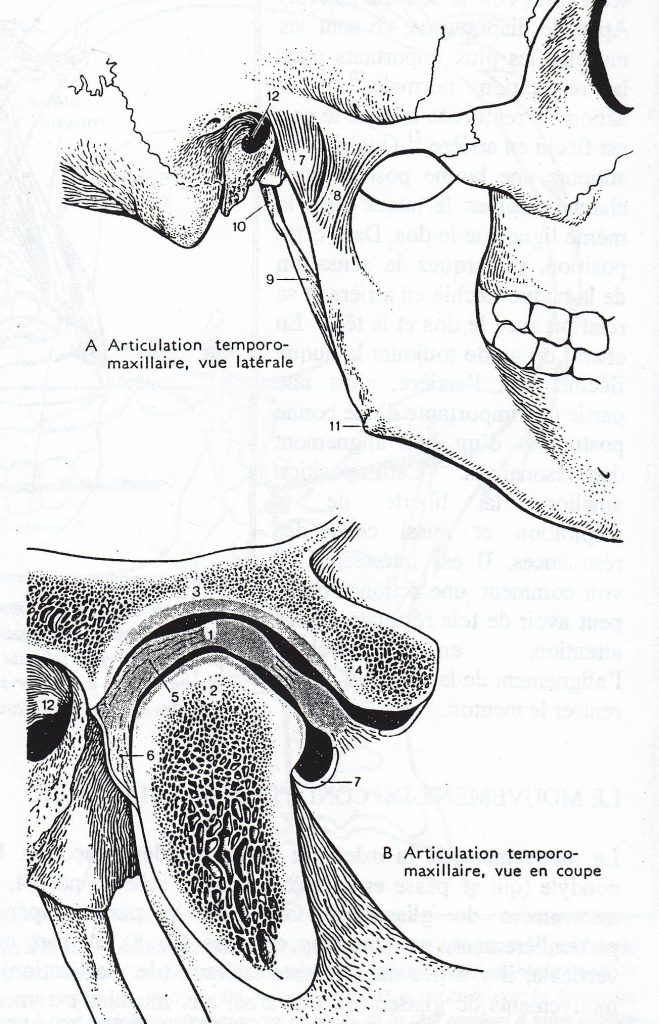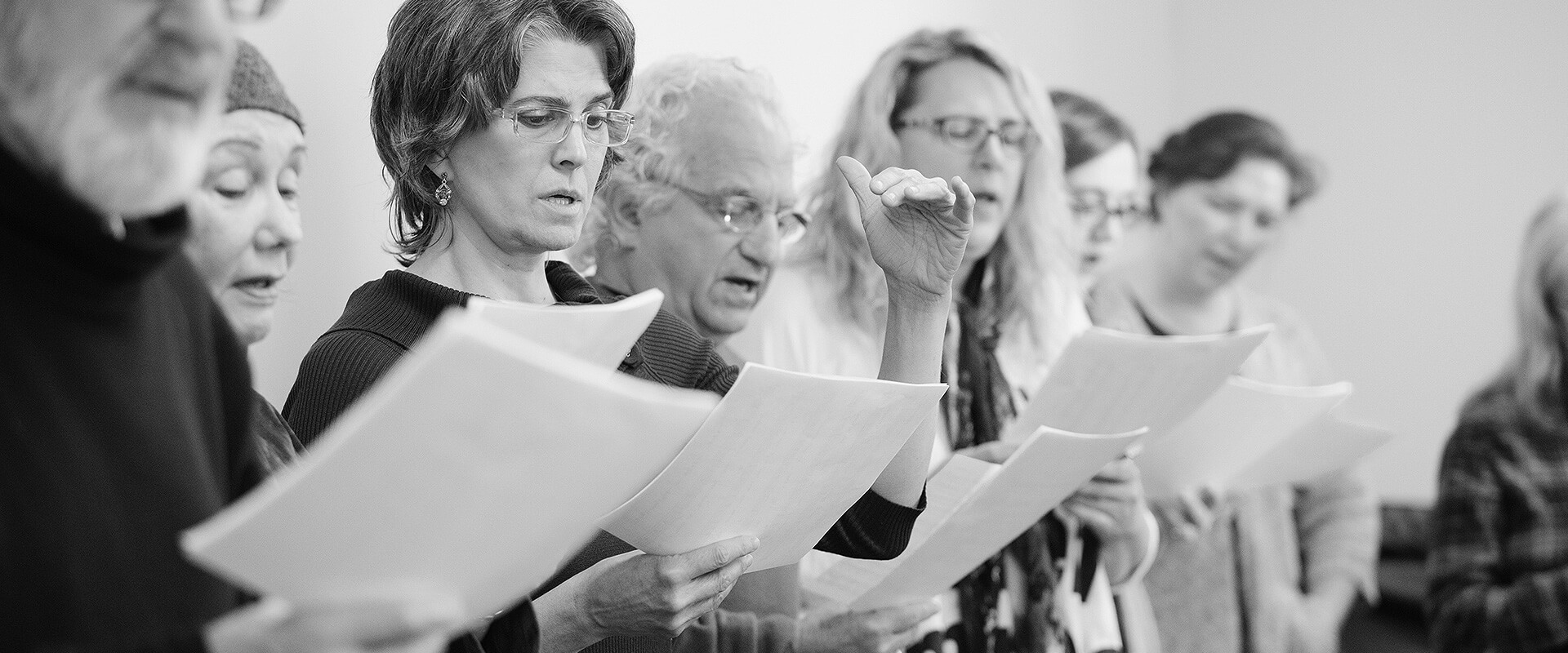The Jaw

The jaw moves like a swing, rotating down and back to open, and is governed by muscles in and around this hinge located about an inch in front of each ear opening. Firstly there is a movement of rotation within the joint and secondly there is a sliding movement due to external muscles. Apart from these two vertical movements there are also lateral movements (of chewing) that are derived from variations of the sliding movement coupled with various external muscles.
Contrary to what I’ve heard and seen on the web, the muscle below or under the jaw is not related to its movement; this muscle is, of course, the tongue and has no relation to jaw movement. In singing it is beneficial to maximize the rotational movement without resorting to the sliding or lateral movements as the sliding movements can cause the voice to lose resonance and sound throaty.
Some people carry a lot of tension in the jaw. If so, it is something addressed during the lessons. It is beneficial to work on relaxing the jaw and to learn its rotational movement for both vowels and consonants. This is somewhat important in popular idioms and essential in classical singing. Dropping the jaw properly is important in anchoring notes, particularly in the upper range (see Anchoring).
The movement of the jaw affects the clarity of the vowel and also plays an important role in your ability to sing in your upper range in a relaxed manner (see High Notes). Its wonderful to hear classical singers who’ve mastered this point of technique as it adds such beauty and richness to their voice. Eliminating jaw and tongue tensions are important for all singers and essential for those who aspire to exquisite, classical singing.
For more information or to book a private lesson, please go to the contact page.
 Montreal Voice Coach
Montreal Voice Coach